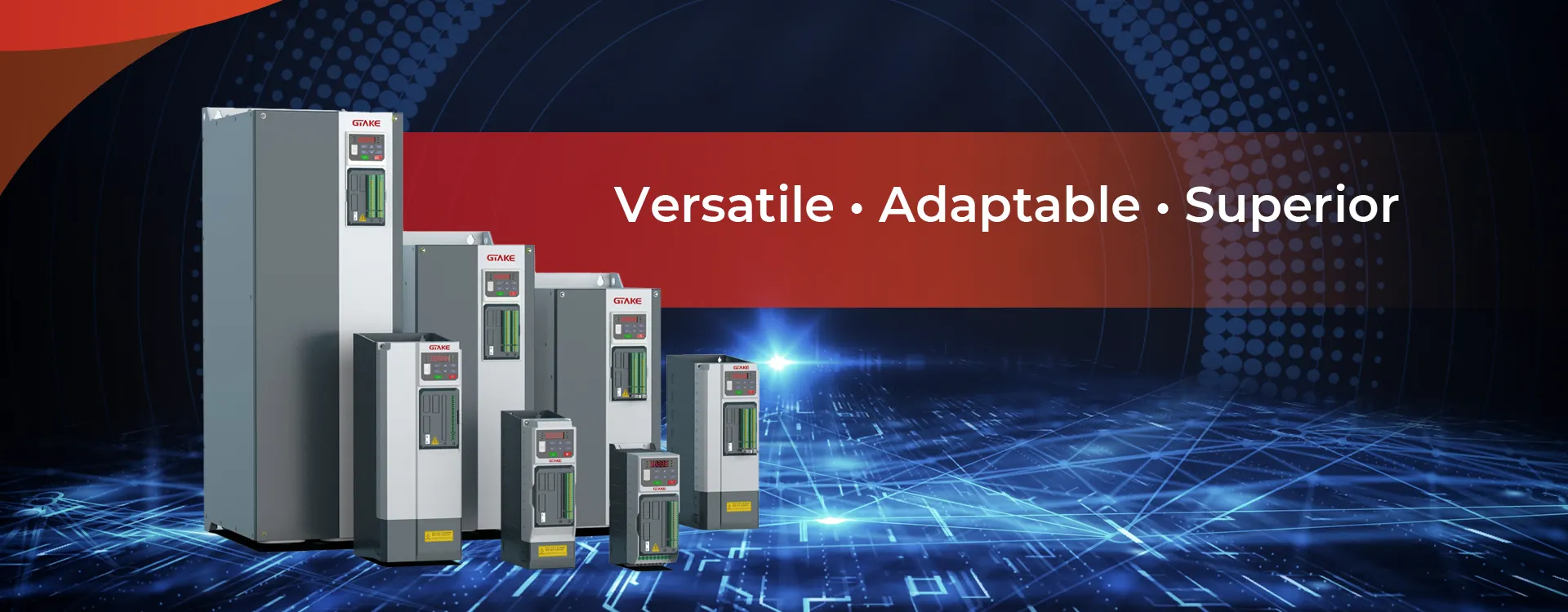Frequency Inverter Drive: A Comprehensive Overview
A Frequency Inverter Drive, commonly known as a Variable Frequency Drive (VFD) or Variable Speed Drive (VSD), is a crucial component used in various industrial and commercial applications to control the speed, torque, and direction of an electric motor. These drives are especially valuable for optimizing energy efficiency, reducing operational costs, and enhancing the performance of machinery driven by AC motors.
In this article, we will explore the key features of a frequency inverter drive, how it works, its applications, and the benefits it brings to different industries.
What is a Frequency Inverter Drive?
A Frequency Inverter Drive is an electronic device that adjusts the frequency and voltage supplied to an electric motor to control its speed and torque. The frequency inverter drive uses power electronics to convert the AC (alternating current) power to DC (direct current) and then back to a variable-frequency AC output, which can be adjusted to control the motor’s speed.
These drives are primarily used with AC motors, allowing for precise control over motor speed, reducing mechanical stress on the motor, and improving energy efficiency by matching the motor speed to the application’s requirements.
How Does a Frequency Inverter Drive Work?
The working principle of a frequency inverter drive involves the following steps:
- AC to DC Conversion: The drive takes the AC input from the power supply and converts it to DC using a rectifier. This conversion is necessary for controlling the motor’s frequency.
- DC to AC Inversion: The DC voltage is then processed by the inverter section, where it is converted back to AC with a variable frequency. This is done by switching the DC voltage through a series of electronic components (typically IGBTs – Insulated-Gate Bipolar Transistors) to create the desired AC waveform.
- Control of Frequency and Voltage: The drive allows for real-time adjustments of the output frequency and voltage supplied to the motor. The frequency controls the motor’s speed, while the voltage controls the motor’s torque. Together, these two variables are adjusted based on the load and performance requirements of the system.
- Motor Operation: By adjusting the motor’s speed and torque, the frequency inverter drive ensures the motor operates efficiently and with minimal energy consumption, while providing smooth acceleration and deceleration.
Types of Frequency Inverter Drives
Frequency inverter drives can be classified based on the type of motor control they employ:
- V/f Control (Volts per Hertz Control):
- V/f control is the most basic method of motor control, where the voltage supplied to the motor is adjusted in direct proportion to the frequency.
- This method is cost-effective but less precise than more advanced control methods.
- Sensorless Vector Control (SVC):
- Sensorless vector control eliminates the need for external sensors by estimating the motor’s rotor position.
- This method provides better torque control, improved performance at low speeds, and higher efficiency compared to V/f control.
- Vector Control (Field-Oriented Control, FOC):
- Vector control (or FOC) provides precise control over both the speed and torque of the motor by controlling the motor’s magnetic field direction.
- This advanced method enables high-performance motor control, making it ideal for applications that require rapid speed and torque adjustments.
- Direct Torque Control (DTC):
- DTC provides even more precise motor control by directly controlling the motor’s torque and flux without relying on pulse-width modulation (PWM).
- This method is capable of providing faster dynamic response and greater efficiency, making it suitable for high-performance applications.
Key Benefits of Using a Frequency Inverter Drive
- Energy Efficiency:
- One of the main advantages of using a frequency inverter drive is the ability to adjust the motor speed according to the load. By matching the motor speed to the actual demand, the drive helps to reduce energy consumption, resulting in lower operational costs.
- Improved Motor Performance:
- Frequency inverter drives allow for smooth acceleration and deceleration, reducing mechanical stress on the motor and extending its operational lifespan.
- By precisely controlling the motor’s speed and torque, these drives ensure that the motor operates optimally for the specific application.
- Reduced Mechanical Wear:
- The ability to control motor speed smoothly reduces the need for frequent starts and stops, which can cause wear on mechanical components like gears, bearings, and belts. This leads to less downtime and reduced maintenance costs.
- Flexibility and Precision:
- Frequency inverter drives offer precise speed control and flexibility, allowing for fine adjustments to meet the specific needs of the application, whether it’s a pump, fan, conveyor, or industrial robot.
- Reduced Heat Generation:
- By adjusting the motor speed and operating it only when necessary, the inverter reduces the energy wasted as heat. This not only lowers the operating temperature but also helps improve overall system efficiency.
Applications of Frequency Inverter Drives
Frequency inverter drives are used in a wide range of industries and applications where precise motor control is required. Some of the most common uses include:
- HVAC Systems:
- Frequency inverters are used to control the speed of HVAC fans and pumps, allowing for precise regulation of airflow and temperature while reducing energy consumption.
- Pumps:
- In industries such as water treatment, oil and gas, and chemical processing, frequency inverters are used to control the speed of pumps to maintain consistent flow rates and optimize energy usage.
- Conveyors:
- In manufacturing and logistics, frequency inverter drives are used to control conveyor systems, ensuring smooth operation and speed adjustments for varying load conditions.
- Elevators and Escalators:
- Frequency inverters are used to control the motors in elevators and escalators, providing smooth acceleration and deceleration while ensuring energy-efficient operation.
- Cranes and Hoists:
- Frequency inverters are used in cranes and hoists to provide smooth load handling and precise control over the lifting speed.
- Textile Industry:
- Frequency inverter drives are used in textile manufacturing to control the speed of machines like looms, knitting machines, and spinning equipment, ensuring consistent product quality.
How to Choose the Right Frequency Inverter Drive
When selecting a frequency inverter drive for your application, there are several factors to consider:
- Motor Type:
- Choose an inverter drive that is compatible with the type of motor you are using, whether it’s an induction motor, synchronous motor, or permanent magnet motor.
- Power and Voltage Ratings:
- Ensure that the inverter drive matches the power and voltage ratings required for your motor and application. Over- or under-sized inverters can lead to inefficiency and poor performance.
- Control Type:
- Select the appropriate control method (V/f, sensorless vector, vector control, or DTC) based on the level of precision and performance required for your application.
- Environment and Operating Conditions:
- Consider the environmental conditions in which the inverter will operate, such as temperature, humidity, and exposure to dust or chemicals. Choose an inverter with an appropriate enclosure rating to ensure reliable operation.
- Advanced Features:
- Look for additional features such as built-in protective functions (overload, short circuit, overvoltage), communication protocols (Modbus, CANopen), and energy-saving capabilities.
Conclusion
A Frequency Inverter Drive is a versatile and essential component for controlling the speed, torque, and performance of electric motors in various industries. By providing precise motor control, improving energy efficiency, and reducing mechanical stress, frequency inverter drives offer significant benefits in terms of cost savings, operational efficiency, and system reliability.
When selecting a frequency inverter drive, it’s important to consider factors such as the motor type, power requirements, control method, and environmental conditions to ensure that the inverter meets the specific needs of your application. Whether you’re in manufacturing, HVAC, or any other industry requiring motor control, investing in a high-quality frequency inverter drive will improve performance and reduce operational costs.

